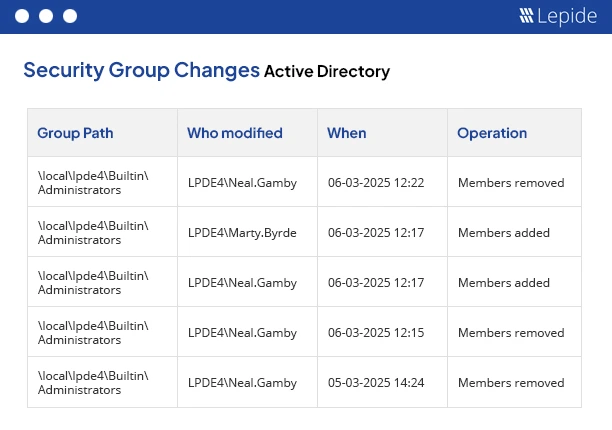
AI is transforming business operations and also reshaping how security breaches occur. In the rush to adopt AI, many organizations skip a foundational safeguard: Least Privilege.
AI is crucial to modern business, from speeding up threat identification to automating decision-making. Yet this simple principle could be our strongest line of defense against AI-related threats.
The Silent Threat: Overexposed Data
Employees often have more access than they need. Files are scattered across cloud drives, servers, and shared folders, often with no ongoing access oversight.
This isn’t just a lapse in security, it’s an open door for AI-enabled cyberattacks.
According to TechRadar, Cybercriminal toolkits powered by AI have caused a “42% surge in credential-based attacks, and automated scans are hitting 36,000 per second.” When data is overexposed, even a single weak or overprivileged account becomes an entry point.
It may sound simple, and it is. But in an AI-driven world where models process sensitive data and make critical decisions, this principle is absolutely essential.
Here’s what overexposed data leads to:
- Massive Attack Surface: By allowing too many accounts, both computer and human, hackers have more means to gain access. An attacker only needs one compromised user, service account, or AI script to access customer databases, financial records, internal communications, and even production systems. An incident that should have been a minor hack becomes a company-wide breach. The more access you grant, the more you have to lose.
- Regulatory Non-Compliance: Excessive permission raises the possibility of breaking data protection regulations such as the CCPA, GDPR, and HIPAA. An AI program trained on private information or a file sharing that is “temporarily” left open are both examples of potential violations because every needless permission is a risk. Additionally, ignorance will not be an excuse when auditors show up; rather, it will be a costly lesson.
- AI Leaks What It Sees: AI models may retain patterns or information from training data, which can inadvertently influence future outputs. Without intending to, it may later summarise secret files, or disclose trade secrets in natural language outputs. These aren’t bugs — they’re predictable outcomes of inadequate access controls.
Why Least Privilege Matters in AI Environments
The principle of least privilege (PoLP) states that users, applications, and systems should only have access to the information and resources needed for their function. While simple in concept, applying least privilege in AI environments is critical especially as models consume large datasets and connect across open data systems. Here’s why it matters:
- AI Remembers Everything: One major concern with AI environments is that they retain patterns from the data they access. Even after sensitive data is removed from a training set, it can still influence an AI model’s output. When AI unintentionally learns patterns from sensitive corporate data, and generates writing that contains or mimics locked proprietary content, risk arises. It may also leak sensitive data when interacting with external tools or APIs. Least privilege serves as a filter, excluding sensitive materials from the view of models that should not have it.
- Simplifies Incident Response: When something goes wrong, the first question is often, ‘Who had access to the data? Excessive permissions make it significantly harder to pinpoint the breach and contain the fallout. If you use least privilege access, this proactive visibility eliminates a lot of possible threats and reduces response time. You can quickly identify the root cause of a violation, minimize operational disruptions, and rebuild trust more effectively. The less access you allow in the first place, the less cleanup is needed later.
- Strengthens Compliance: With any regulation (GDPR, HIPAA, SOC2) there is expected access control to sensitive data. Auditors look for access controls, not just encryption, to ensure data is protected at every level. Least privilege helps reduce data exposure, provides proof that access is role-based and justified, and helps mitigate costly compliance violations. It remains one of the most effective ways to demonstrate accountability during audits.
- Limit the Damage: Whether caused by a cyberattack, insider threat, or user error, a system breach’s impact is limited by the level of access granted to the compromised account. If your AI assistant is compromised and has unrestricted access, the result is a full-scale breach. Least privilege acts like a circuit breaker, halting the attack’s progression and limiting how far it can spread.
How Does Lepide Help?
Lepide Protect (part of the Lepide Data Security Platform) offers intelligent, AI-driven permissions management, making it easy to visualize and refine access across your file servers.
Lepide Data Security Platform makes it easy to see who has access to what and who has more permissions than necessary. It makes it simple to set, track, and modify permissions throughout your environments, guaranteeing that only authorized individuals have access to vital information and preventing unwanted access to sensitive data.
With Lepide Protect, businesses can implement least privilege and gain the knowledge, automation, and adaptability they need to safeguard their most important asset: data.
Are you ready to implement least privilege in your environment? Schedule a demo with our experts or download a free trial.



